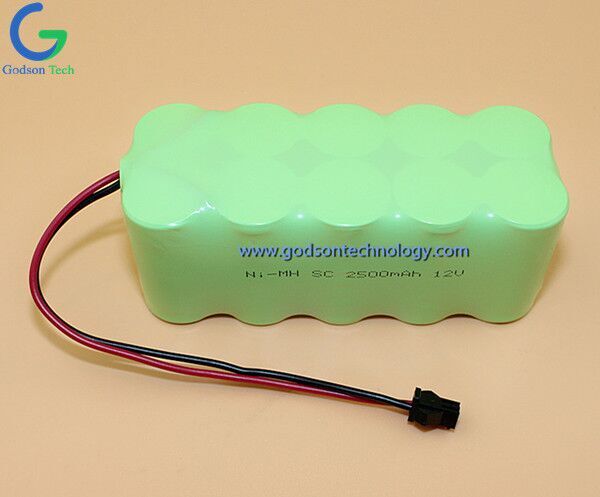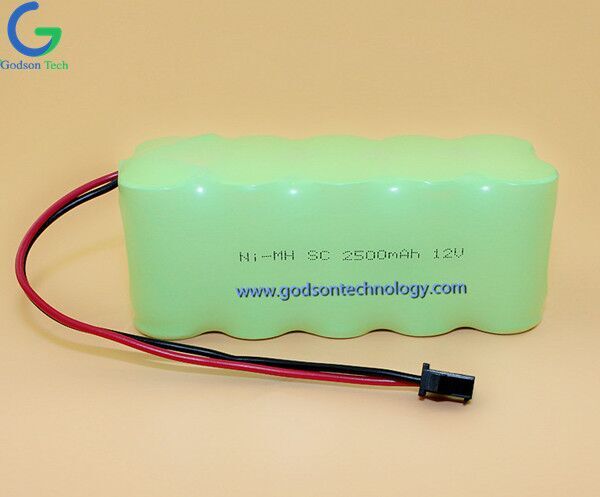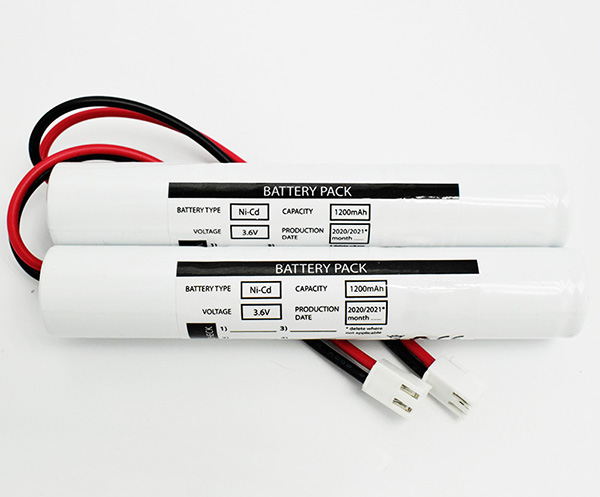The sheer popularity of these rechargeable batteries often raises the question, “What’s the difference between NiCAD and NiMH batteries?”
To summarize, the main differences between NiCAD and NiMH batteries deal with capacity, memory effect, and environmental friendliness.
Nickel-metal hydride (NIMH) batteries have a higher capacity than nickel-cadmium (NICAD) batteries, which means that they can generally power your device for longer. They also don’t suffer from the same memory effect, so they won’t “forget” the ability to achieve a full charge over time. Finally, NiMH batteries are much better for the environment than their NiCAD battery counterparts.
However, nickel-cadmium still offers some advantages over nickel-metal hydride, such as their extreme temperature performance.
Our team wrote this article to help explain the difference between NiCAD and NiMH batteries, and to help you decide which battery is the right one for your needs. Don’t hesitate to reach out to us when you’re finished reading if you have any questions.
NiMH batteries are a much more modern phenomenon. Research and development began at the Battelle-Geneva Research Center in 1967, and was satisfactorily completed in 1987.
The chemical composition of a standard nickel-metal hydride battery looks like this: a nickel hydroxide positive electrode plate, a hydrogen ion negative electrode plate, a separator, and an alkaline electrolyte such as potassium hydroxide.


NiMH batteries
Common uses: These include automotive batteries, medical instruments, pagers, cell phones, camcorders, digital cameras, electric toothbrushes, and other low-cost consumer devices.
Benefits: Here’s a look at a few of the advantages of going with an NIMH battery:
● Quite a high capacity compared to other rechargeable batteries
● Resists both over-charging and over-discharging
● Extremely lightweight construction
● Friendly to the environment: no hazardous chemicals like cadmium, mercury, or lead
Drawbacks: And here are some of the limitations:
● More expensive than other rechargeable models
● Self-discharge rapidly while in storage
● Cut power suddenly rather than a slow trickle down
● Some only work with manufacturer’s charger
The world’s first NiCad battery was developed by a Swedish scientist in 1899. Needless to say, there have been many improvements since then.
A standard nickel-cadmium battery is composed of a nickel(III) oxide-hydroxide positive electrode plate, a cadmium negative electrode plate, a separator, and a potassium hydroxide electrolyte.

Ni-Cd Battery
Common uses: Some popular applications of NiCAD batteries are toys, emergency lighting, medical equipment, commercial and industrial products, electric razors, two-way radios, power tools, and more.
Benefits: Here’s an overview of some of the advantages of NiCAD batteries:
● Relatively inexpensive
● Charge very quickly, simple to charge
● Easy to store, easy to ship
● Take a high number of charges
● Functional in low temperatures
Drawbacks: And here are some of their shortcomings:
● Not as powerful as some other rechargeable batteries
● Self-discharge while in storage
● Contain toxic metals that are harmful to the environment
If you have any questions about the nature or difference between NiCad and NiMH nickel-cadmium or nickel-metal hydride batteries, our team can help.
We’ve been working in the field for over 20 years, and we have plenty of experience answering questions about both nickel-cadmium and nickel-metal hydride batteries.
We look forward to hearing from you. Contact us today to get in touch with an expert.

 Ni-MH Battery C4700mAh 3.6V
Ni-MH Battery C4700mAh 3.6V Nickel Cadmium Nicd Battery Pack SC1800mAh 3.6V
Nickel Cadmium Nicd Battery Pack SC1800mAh 3.6V Ni-Cd Battery Pack D4000mAh 3.6V
Ni-Cd Battery Pack D4000mAh 3.6V Ni-Cd Battery Pack C2500mAh 3.6V
Ni-Cd Battery Pack C2500mAh 3.6V NICAD Battery Pack AA900mAh 3.6V
NICAD Battery Pack AA900mAh 3.6V LiFePO4 IFR18650 1600mAh 3.2V
LiFePO4 IFR18650 1600mAh 3.2V LiFePO4 IFR18650 1600mAh 6.4V
LiFePO4 IFR18650 1600mAh 6.4V Ni-MH Battery C4000mAh 3.6V
Ni-MH Battery C4000mAh 3.6V E-bike Battery 48V 10Ah JL-1
E-bike Battery 48V 10Ah JL-1 E-bike battery 48V 10Ah Qing Tian
E-bike battery 48V 10Ah Qing Tian